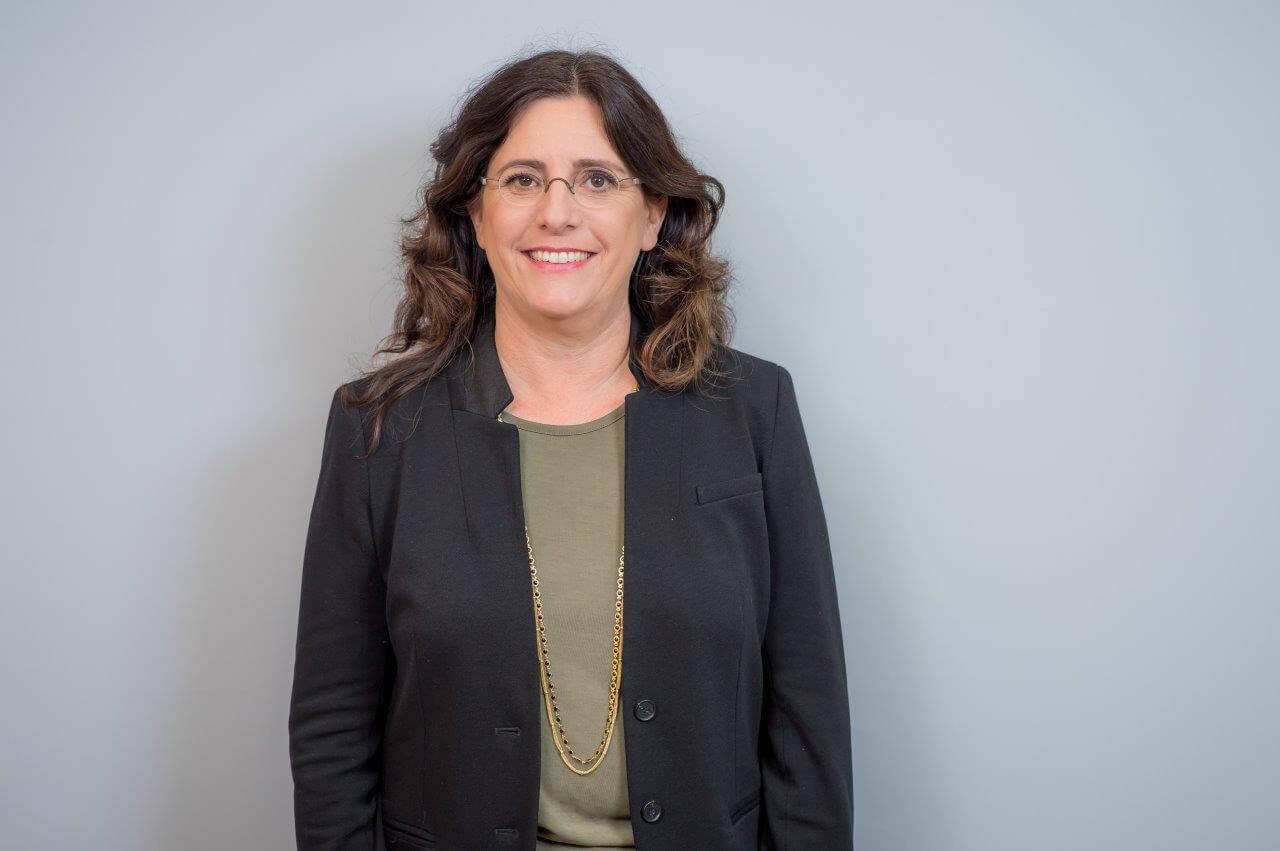Four universities from around the world are collaborating with the aim of researching the nervous system: from Japan, the USA and Italy. Prof. Orit Shafi from the Faculty of Engineering in Bar Ilan: "It's a great privilege to be chosen out of 700 candidates"

Exciting news: Prof. Orit Shafi from the Faculty of Engineering in Bar Ilan has won a Human Frontiers Research Grant, an international fund that supports multidisciplinary projects in order to solve questions related to the life sciences. The grant, in the amount of one and a half million dollars for a period of three years, was received by Prof. Shafi along with three other research groups: from Columbia University in New York, from Hokudai University in Japan and from the University of Pisa in Italy. "The foundation supports new collaborations of up to four research groups, from different countries and continents, who will come together with the aim of researching a relevant and interesting issue in the field of life sciences," says Prof. Shafi. "This is not a fund that is easy to accept: over 700 projects were submitted to the fund this year, of which only 28 were ultimately accepted, including only two groups from Israel: us, and another group from the Technion."
The research group began to form in 2018, when Prof. Shafi was a guest in the laboratory of Prof. Henry Hess from Columbia University. As part of a conference held at his place, Prof. Shafi met the researcher from Japan - Prof. Akira Kakugo. She also met the Italian researcher, Prof. Vittoria Rapa, at professional conferences. When the group was eventually formed, its members chose to investigate the nervous system during normal times. "The human body is constantly moving and in motion, for years and years, and we want to check what are the mechanisms that keep and maintain the nervous system normal, functional and functioning under normal physiological loads," she explains. "This is an important but neglected question. From an engineering point of view, this is a kind of miracle, but it is hardly studied, because most of the research deals with rehabilitation after trauma, but not obviously - what keeps us functioning properly and aging. Two things that are important to understand in this case are first, that the nervous system is not a system that regenerates: almost no new nerve cells are created in the body, so naturally, damage to the system almost never manages to regenerate. And secondly, the nervous system has properties of electrical conduction, so research in this field needs to examine both the structure, how the cells themselves remain intact, and also the electrical activity - how it continues to function over the years."
Nerve cells are grown in culture
Each of the groups comes to the joint project with a different background. "My lab studies the nervous system, its development and its rehabilitation. As part of our work, we grow systems of nerve cells in culture, look at the structure and activity, and develop platforms for rehabilitation that we test in model animals," explains Prof. Shafi. "The group from Italy deals with biomechanics and the application of mechanical forces on cells. The group from New York analyzes the movement of the cytoskeleton fibers, the microtubules and develops mathematical models. The group from Japan also deals with microtubules, and builds devices and components that can be used to apply forces on these fibers. Microtubules are important elements in the construction of the skeleton of the nerve cells of the nervous system, and this is a topic I have never studied before."
"As part of the project, we will build together a soft component that will simulate part of a human body, which can be shaken and rocked as in the natural behavior of the body. Nerve cells will grow on the soft membranes. After that we will shake and move them and accelerate the aging process from an engineering point of view, with the aim of tracking the damage created to all the intracellular fibers. After we have tired the cells and made them exert a great effort, we will see what defects are created, we will characterize the extent of the damage, and what is more interesting - we will try to identify what mechanisms this system has for restoration and maintenance, under continuous activity," says Prof. Shafi. "The field is called biomimetics, imitation of biological systems, or engineering inspired by biology (Bio-inspired engineering)".
The new research will introduce a new field to Prof. Shafi's laboratory, and it is very suitable for the directions that exist there today, of developing systems for nerve rehabilitation and encouraging growth after an injury, while applying mechanical and electrical stimuli. In addition, it is an opportunity for students in the laboratory to work in groups in international collaborations: a new doctoral student is already joining the group for the benefit of the project. "But this project excites me mainly because of the story," Prof. Shafi admits, "we take for granted our ability to walk and run and move freely for years and years. And here I get an opportunity to investigate this mystery, and try to find out how such an engineering miracle takes place."
More of the topic in Hayadan:

One response
The subject is very interesting and challenging. Interested in receiving information on nerve cell regeneration and repair.